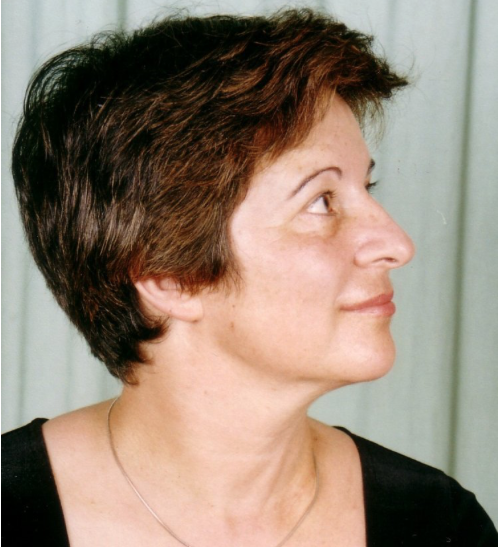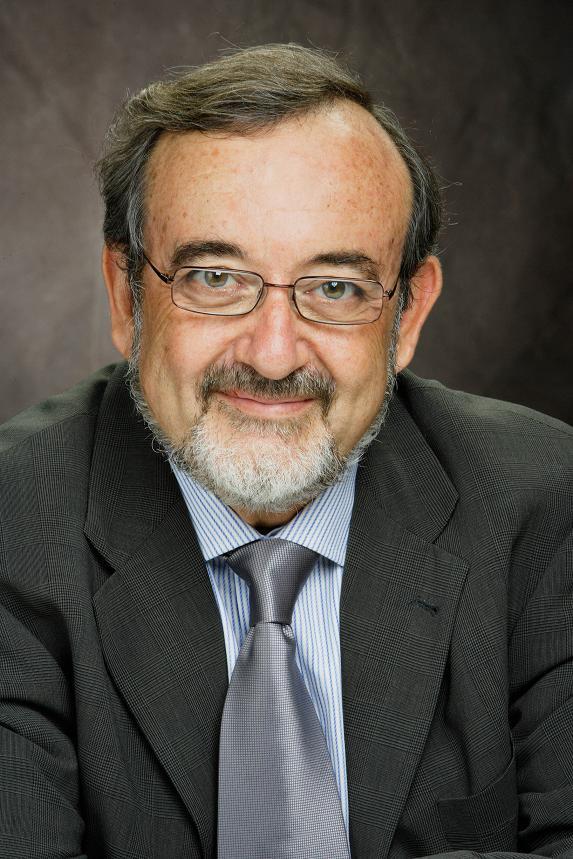Vera Vaidman, Violin, and Emanuel Krasovsky, Piano
Bargemusic, Brooklyn, NY
May 29, 2016
Just one day after pianist Emanuel Krasovsky performed a demanding solo recital at Bargemusic, he performed again in collaboration with violinist Vera Vaidman in a program that might be called equally rigorous (if one could quantify artistic demands). One cannot measure such things, of course, but suffice it to say that the double-header weekend was a large undertaking for any musician.
As an explanatory note, there are those who might view the second program (the duo recital) as less demanding for the pianist compared to the solo piano program. Doesn’t the second recital become easier, one might ask, with the use of a printed score, and doesn’t another performer lighten one’s responsibility? Yes, regarding memory, but overall no. Each player gives ideally more than one hundred percent, so there is never any “break.” Furthermore, performing with a close associate can intensify one’s stress through sheer empathy. Lastly, in much of the repertoire performed in this particular recital, an enormous responsibility falls to the pianist, who takes on much of the harmonic, rhythmic, and dynamic foundation, the momentum, and frequently melodic roles as well. Therefore, despite showcasing the prodigious gifts of violinist Vera Vaidman, pupil of David Oistrakh and soloist of countless superb credentials, it was not “merely” a violin recital. Large works of Schumann and Fauré alternated with challenging ones of Mozart, and so playing them all on the heels of a large solo concert was indeed a formidable undertaking for Mr. Krasovsky.
The opening work on the Vaidman-Krasovsky program, Mozart’s Sonata in E-flat Major, K. 302, was a bright and brisk choice to open on and was well handled. Again, at the risk of sounding piano-centric, this listener has heard K. 302 (and other sonatas) played much too often by violinists completely enamored of their own tone during relative accompaniments, to the exclusion of everything in the piano part. This was thankfully not the case with the Vaidman-Krasovsky duo, but there were a few moments where it seemed the violin overwhelmed the piano in less than soloistic material. There was the right conversational fluency in tossing themes back and forth, but sometimes some tonal imbalances undercut the sense of a completely unified conception. Balance can be affected by anything from positioning onstage to venue, from the condition of respective instruments to how warmed up each player is. Mr. Krasovsky seemed rather comfortable from the outset – naturally enough, considering he had just finished his solo recital there hours earlier! – but he seemed to take a musical “back seat” a bit too often. Minor reservations aside, the duo gave a buoyant feeling overall to the Allegro opening movement, and the deeply moving Andante grazioso, one of this listener’s favorites, had a beautiful stately quality to it.
Schumann’s Sonata No. 2 in D Minor, Op. 121 occupied the rest of the first half. Possessing a soulfulness that belies its hasty composition in the sad late years of Schumann’s life, it is a tour de force for both players, and it found this duo in fine form. Ms. Vaidman came across as ideally suited to the impassioned repertoire of the Romantic period, and so it was good to hear her come into fuller and fuller bloom during this work and still more as the evening progressed. Incidentally in her biography it is mentioned that she recorded (and gave several premieres to) a violin version of Liszt’s Piano Sonata in B Minor, and so it is quite clear – regardless of what one thinks of such a transcription – that she is a fearless virtuosa!
The second half started with Mozart’s Variations in G minor on “Hélas, j’ai perdu mon amant” K. 360. It is a set of variations that David Oistrakh himself had performed, and it suited well Ms. Vaidman, who seems to share her late teacher’s virtues in matters of control and phrasing. There were momentary glitches ensemble-wise, but nothing that disrupted the worthy work that it is.
The bulk of the second half of the recital was devoted to Fauré’s Sonata No. 1 in A Major, Op. 13. An early work of the French composer, it is nonetheless a masterwork universally embraced (including by Fauré’s teacher Saint-Saëns), and it was in good hands on this occasion. Again, this listener wanted a bit more piano sound in the balance, as there seemed sometimes to be increasing intensity from the violin when one simply wanted more depths of texture; that said, Ms. Vaidman projected its long soaring lines well, with especially pure, sweet tones at peaks. The Allegro vivo was energetic and light, with exceptional staccato passagework from the pianist. A brilliant close from both players elicited hearty applause from a grateful audience, and a touching encore of Fauré’s Berceuse followed.
It was yet another rewarding concert at Bargemusic, an idyllic setting for such a concert on a Spring day. If the two concerts over the weekend were representative of the “Masterworks” series as a whole, then Bargemusic is offering cultural enrichment of great importance.


